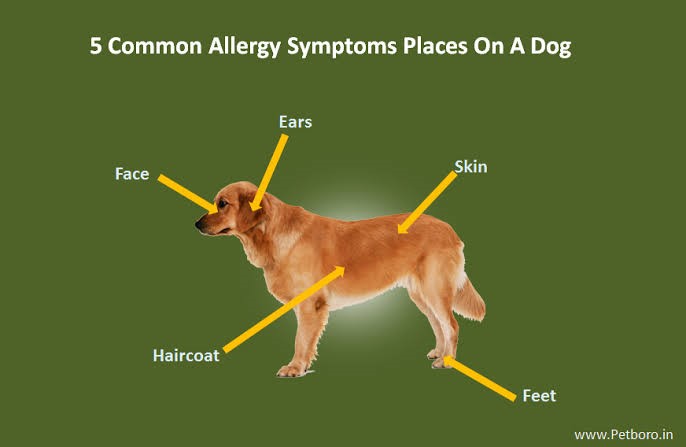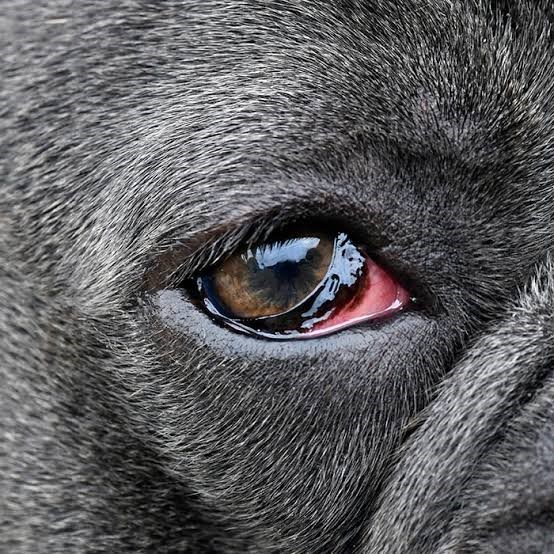Dog Allergies – Prevention & Treatments

Have you woken up one beautiful morning only to see your dog with itchiness, swollen face, and alongside vomiting? Did you get scared and immediately take your dog to your vet? Did it come to you as a shock that dogs have allergies? Well, I was shocked at first when I heard it. Allergies in dogs can be frustrating.
While humans experience allergies, dogs are not left out. In this article, we will be discussing dog allergies, prevention and treatment.
What is a dog allergy?
A dog allergy is a damaging immune response by the body to a substance, especially a particular food, pollen, fur, or dust, to which it has become hypersensitive.
Types of Dog Allergies

Dogs can have allergic reactions to grooming products, food, and environmental irritants, such as pollen or insect bites.
There are a few types of allergies associated with dogs, but our major focus today would be skin allergies.
Skin Allergies

A dog with skin allergies may scratch relentlessly, and a peek at the skin often reveals an ugly rash.
The sound of a dog constantly scratching or licking can be as irritating as nails on a chalkboard. But don’t blame your pooch for these bad habits. A skin condition is probably the culprit.
Skin allergies, called allergic dermatitis, are the most common type of allergic reactions in dogs. There are three main causes of skin allergies in dogs:
1.) Flea allergy dermatitis
Flea allergy dermatitis is an allergic reaction to fleabites. Some dogs are allergic to flea saliva. This makes affected dogs extremely itchy, especially at the base of the tail, and their skin may become red, inflamed, and scabbed.
2.) Food allergies

Food allergies and sensitivities can cause itchy skin, as well. The most common places dogs with food allergies itch are their ears and their paws, and this may be accompanied by gastrointestinal symptoms.
3.) Environmental Allergens

Environmental Allergens, such as dust, pollen, and mould, can cause atopic allergic reactions or atopic dermatitis. In most cases, these allergies are seasonal, so you may only notice your dog itching during certain times of the year. As with food allergies, the most commonly affected areas are the paws and ears (but also include the wrists, ankles, muzzle, underarms, groin, around the eyes, and in between the toes).
Symptoms of Allergies in Dogs

The symptoms of allergies in dogs may vary depending on the cause. In general, however, the following symptoms could be a sign of an allergic reaction.
- Itchiness
- Hives
- Swelling of the face, ears, lips, eyelids, or earflaps
- Red, inflamed skin
- Diarrhoea
- Vomiting
- Sneezing
- Itchy ears
- Chronic ear infections
- Itchy, runny eyes
- Constant licking
Treatment/Prevention of Allergies in Dogs.
The best way to treat an allergy is to avoid the cause and allergen. This may or may not always be possible. But, in terms of treatment, it depends on your dog’s type of allergy. For example, the best way to treat flea allergy dermatitis is to kill the fleas, whereas the best way to treat a food allergy or food intolerance is a change in diet. Most importantly, always contact your veterinary expert for advice.

